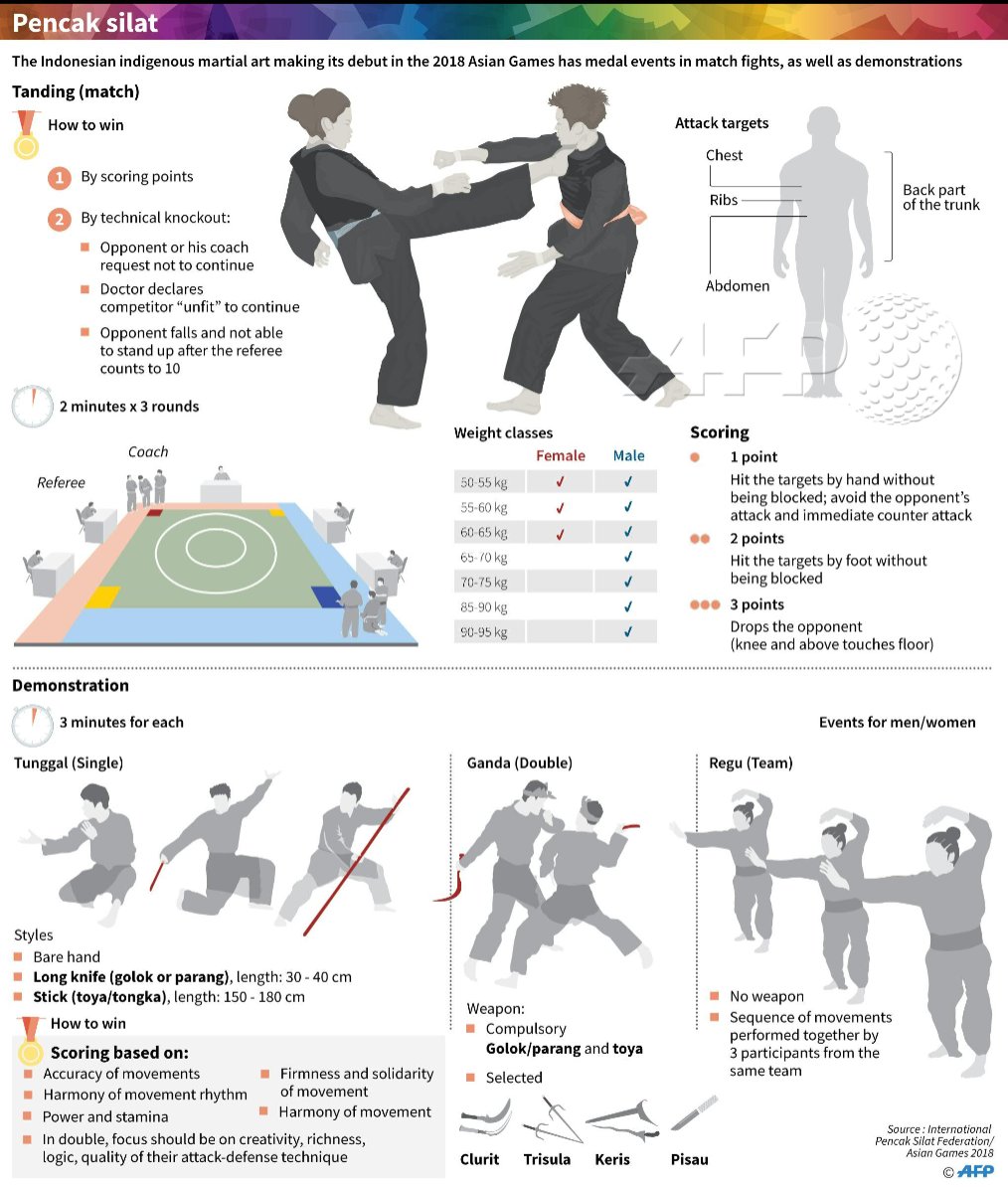Traditional Martial Arts Vs. Modern Battle Sports: Recognizing The Key Distinctions
Traditional Martial Arts Vs. Modern Battle Sports: Recognizing The Key Distinctions
Blog Article
Created By-Keith Rocha
When you consider martial arts, do you lean much more towards the conventional techniques or the contemporary combat sporting activities? Each path offers distinct benefits and experiences, shaped by their ideologies and training techniques. Conventional martial arts emphasize individual development and self-control, while modern battle sporting activities focus on competition and performance. Comprehending these distinctions can direct you in selecting the appropriate strategy for your trip. Yet just how do these differences show up in training and philosophy?
The Philosophy and Background Behind Conventional Martial arts
While many people associate martial arts with physical battle, the ideology and history behind typical martial arts run much deeper. You'll locate that these techniques stress individual development, self-control, and regard.
Originating from old practices, standard martial arts were typically created for Self-Defense and spiritual advancement. They symbolize principles such as equilibrium, harmony, and self-constraint, assisting practitioners beyond simple combating abilities.
As you train, you'll not only discover methods but additionally gain insights into the culture and worths that formed these arts. origin of martial arts in india and traditions, commonly passed down with generations, promote a feeling of neighborhood and belonging.
The Competitive Nature of Modern Fight Sports
Modern fight sports have transformed the landscape of martial arts into a very competitive field, where professional athletes challenge in an examination of ability, approach, and endurance.
You'll see that competitions are often arranged with stringent regulations and guidelines, making certain fair game and security. These events attract large target markets, fueling the excitement and strength of matches.
Professional athletes educate carefully, not just for physical prowess however additionally for mental durability, understanding that every detail counts in the ring. https://www.clickondetroit.com/news/local/2021/02/10/from-self-defense-to-success-cave-of-adullam-in-detroit-teaches-more-than-martial-arts-for-young-men/ during competitions is apparent, as competitors push their limitations to assert victory.
Followers appreciate the athleticism and artistry included, making modern battle sporting activities a thrilling spectacle that remains to evolve and mesmerize enthusiasts all over the world.
Training Techniques and Strategies: A Comparative Analysis
The competitive environment of modern battle sporting activities needs cutting-edge training techniques that vary dramatically from conventional martial arts.
In modern-day training, you'll focus on certain techniques, sparring, and conditioning, often making use of drills that simulate actual battle situations. You'll see a focus on quantifiable performance and constant competition to examine your skills.
In contrast, typical martial arts focus on forms, katas, and thoughtful teachings, often stressing self-control and regard over competitors.
Training is normally less extreme and might entail recurring practice rather than real-time sparring.
While both approaches build skill and fitness, contemporary combat sports offer a much more vibrant and versatile training setting, preparing you for instant difficulties in the ring or cage.
Choose the path that aligns with your goals and rate of interests.
Conclusion
In selecting in between conventional martial arts and modern-day battle sports, it really comes down to what you value many. If you're seeking individual development, discipline, and a sense of area, typical arts may be your finest fit. However if you thrive on competition and real-time difficulties, modern combat sports could be the method to go. Inevitably, both courses supply distinct advantages, so it's everything about aligning your training with your personal objectives and passions.
